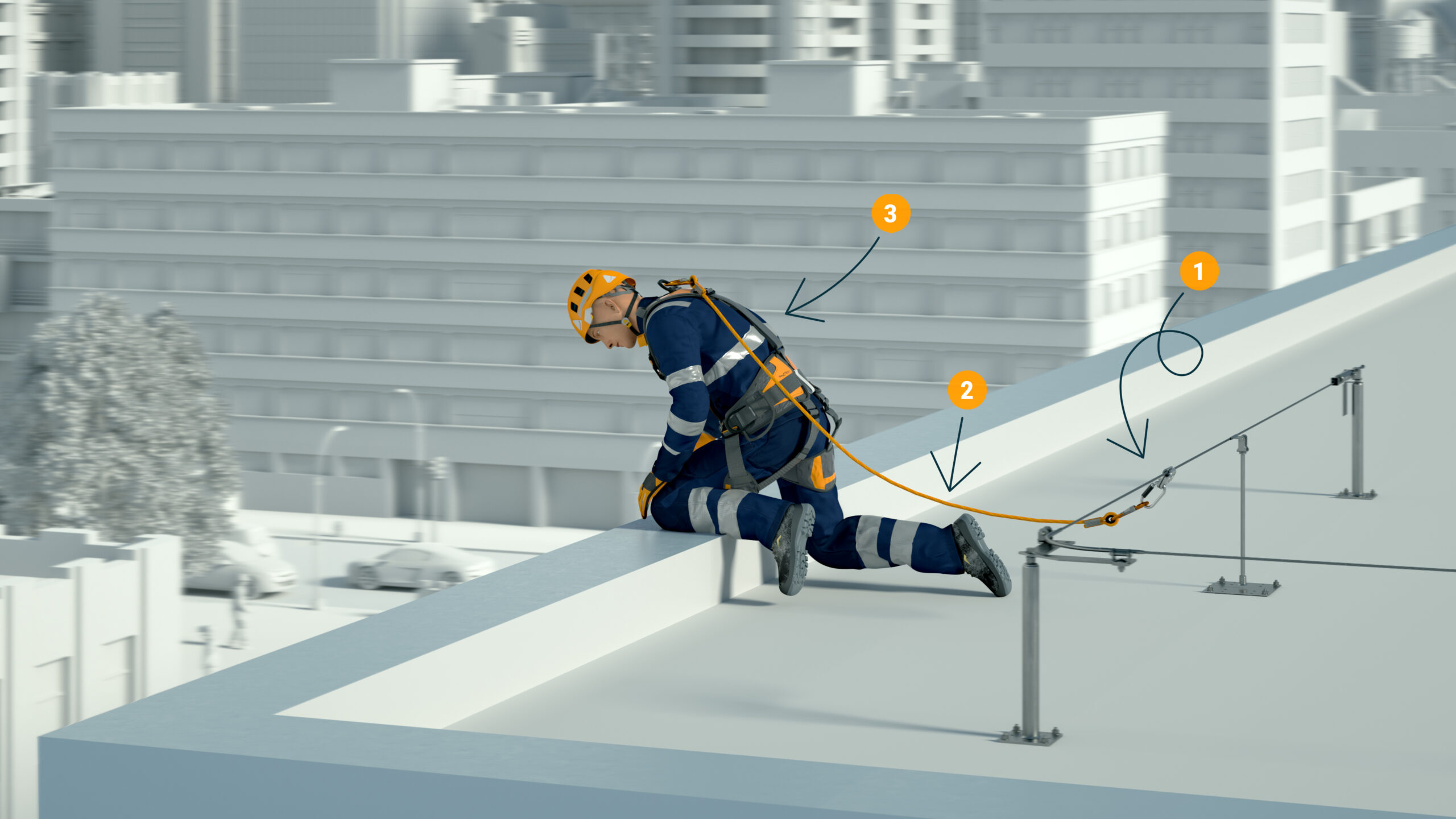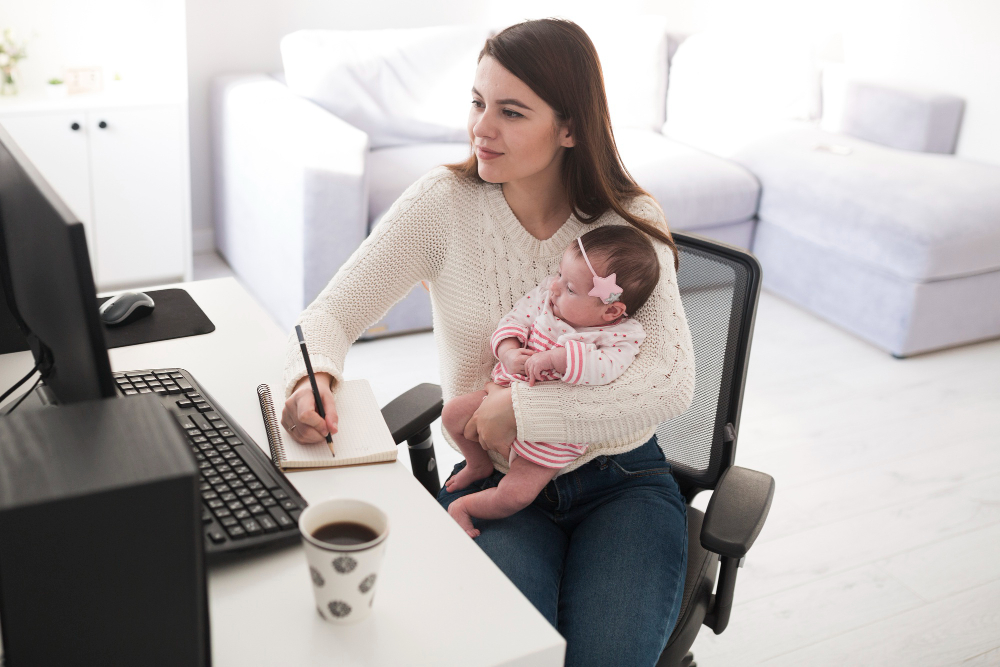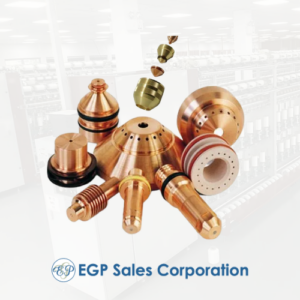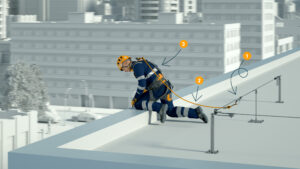The Evolution of Fall Protection Equipment in India
Working at height has always posed significant risks in industrial and construction environments. In India, the approach to worker safety has evolved considerably—from early use of simple safety belts to advanced horizontal lifeline systems.
Accidents due to falls remain a leading cause of workplace injuries. Inadequate or outdated fall protection equipment can result in severe injury, regulatory penalties, and operational delays.
Inovatix Indian, a trusted manufacturer, supplier, and specialist, provides modern fall protection systems in India designed to safeguard workers while ensuring compliance and operational efficiency.
Early Safety Measures in India
1. Safety Belts
-
Initially, industrial workers relied on basic safety belts.
-
These belts offered minimal support and were primarily intended to prevent minor slips.
-
Limitations: lacked energy absorption, did not distribute fall forces, and offered no controlled suspension after a fall.
2. Simple Ropes and Anchors
-
Workers often tied ropes to available structural points.
-
While better than no protection, these setups were inconsistent and unreliable.
-
Compliance with safety regulations was largely absent in early industrial settings.
Transition to Certified Fall Protection Systems
1. Introduction of Full-Body Harnesses
-
Replaced basic belts for better safety and comfort.
-
Distributed fall forces across shoulders, chest, and thighs.
-
Compliant with early EN and IS standards, enabling safer industrial work.
2. Shock-Absorbing Lanyards
-
Reduced the impact force during falls.
-
Became standard in industrial plants and high-rise construction.
-
Enhanced worker confidence and decreased injury severity.
Horizontal Lifeline Systems: The Modern Standard
What Is a Horizontal Lifeline?
A horizontal lifeline is a cable or rail system anchored at multiple points, allowing workers to move freely while remaining continuously connected to the line.
Key Features:
-
Supports multiple users simultaneously
-
Absorbs impact energy in case of a fall
-
Compatible with full-body harnesses and other PPE
Applications in India
-
Roof maintenance in industrial plants and warehouses
-
EPC projects and infrastructure inspections
-
Telecom, energy, and manufacturing sectors
Benefits:
-
Improves mobility without compromising safety
-
Reduces reliance on ladders or temporary anchors
-
Ensures compliance with fall protection systems in India standards
Technological Advancements in Fall Protection Equipment
1. Materials Innovation
-
Stainless steel, galvanized steel, and high-strength synthetic fibers improve durability.
-
Corrosion resistance enables use in harsh industrial environments.
2. Ergonomic Design
-
Harnesses now incorporate padding, adjustable straps, and swivel points.
-
Reduces fatigue and enhances worker comfort during long-duration tasks.
3. Integrated Inspection Features
-
Color-coded stitching or digital tracking improves maintenance and compliance.
-
Ensures components are replaced before failure, increasing workplace safety.
Standards and Certifications for Fall Protection Systems in India
To ensure maximum safety, modern fall protection equipment must comply with international and Indian standards:
-
EN 361 / EN 363: Full-body harnesses and personal fall protection systems
-
EN 353-1 / EN 353-2: Guided-type fall arresters
-
IS 3521: Indian standard for safety belts and harnesses
-
OSHA & ISO guidelines: Ensure workplace safety compliance across industrial sectors
Inovatix Indian designs and manufactures systems meeting all these requirements, ensuring legal compliance and reducing risk of workplace incidents.
Real-World Applications and Use Cases
1. Industrial Plant Maintenance
-
Horizontal lifelines installed across rooftop HVAC units.
-
Workers perform inspection and repair without risk of falls.
-
Result: zero fall incidents over multiple maintenance cycles.
2. EPC and Construction Projects
-
Towers and steel structures fitted with vertical lifelines.
-
Multiple teams can operate simultaneously with safe mobility.
-
Compliance achieved for regulatory inspections.
3. Warehouses and Logistics Facilities
-
Horizontal lifelines along mezzanine edges and catwalks.
-
Allows safe movement while handling equipment and materials.
Impact: Reduces accidents, protects equipment, and ensures project timelines are met.
Best Practices for Using Fall Protection Systems
-
Site Assessment Before Installation
-
Identify anchor points, load capacities, and access pathways.
-
-
Training
-
Workers must receive practical training on harness use, attachment, and rescue procedures.
-
-
Routine Inspection
-
Daily pre-use checks and formal periodic inspections by qualified personnel.
-
-
Correct Component Selection
-
Use compatible harnesses, lanyards, lifelines, and anchors.
-
-
Rescue Planning
-
Every site must have a plan for rapid retrieval of suspended personnel.
-
-
Documentation
-
Maintain logs for inspections, repairs, and replacement schedules.
-
Mini Case Study: Horizontal Lifeline Implementation in a Manufacturing Facility
Situation:
A major industrial facility in India faced repeated fall incidents during rooftop equipment maintenance.
Solution:
Inovatix Indian supplied and installed horizontal lifeline systems covering key roof areas. Workers were trained on system usage and periodic inspection protocols were implemented.
Results:
-
Zero reported fall incidents in 24 months
-
Compliance with all local safety regulations
-
Reduced downtime and improved worker confidence
This example highlights the importance of advanced fall protection systems in India for both safety and operational efficiency.
FAQs (Snippet-Ready)
1. What are fall protection systems in India?
They are certified systems that prevent or arrest falls in workplaces, including harnesses, lifelines, and anchors.
2. What is a horizontal lifeline?
A horizontal lifeline is a cable or rail system allowing workers to move freely while remaining connected to a secure anchor.
3. How is horizontal lifeline different from vertical lifeline?
Horizontal lifelines support lateral movement; vertical lifelines provide fall protection during climbing.
4. Where are horizontal lifelines commonly used?
Industrial roofs, warehouses, construction sites, and EPC projects.
5. Are fall protection systems mandatory in India?
Yes, workplaces at height must comply with Indian safety standards and regulations.
6. How often should fall protection equipment be inspected?
Before every use and formally every 3–6 months, depending on the system.
7. Can multiple workers use a single horizontal lifeline?
Yes, if the system is designed and certified for multiple users.
8. What materials are used in modern fall protection equipment?
Stainless steel, galvanized steel, and high-strength synthetic fibers for durability and corrosion resistance.
9. Why choose Inovatix Indian for fall protection solutions?
They are a certified manufacturer, supplier, and specialist providing reliable, customized, and compliance-ready systems.
10. How do I customize a fall protection system for my site?
Consult Inovatix Indian with site details; they design tailored horizontal, vertical, or roof-based solutions.
Conclusion
The evolution of fall protection equipment in India reflects the increasing focus on worker safety, compliance, and operational efficiency. From basic safety belts to advanced horizontal lifeline systems, each step has improved protection at industrial sites.
Inovatix Indian stands as a trusted manufacturer, supplier, and specialist, delivering certified fall protection systems in India for EPC contractors, industrial plants, and infrastructure projects.
Properly implemented systems reduce accidents, improve productivity, and build confidence among workers.












